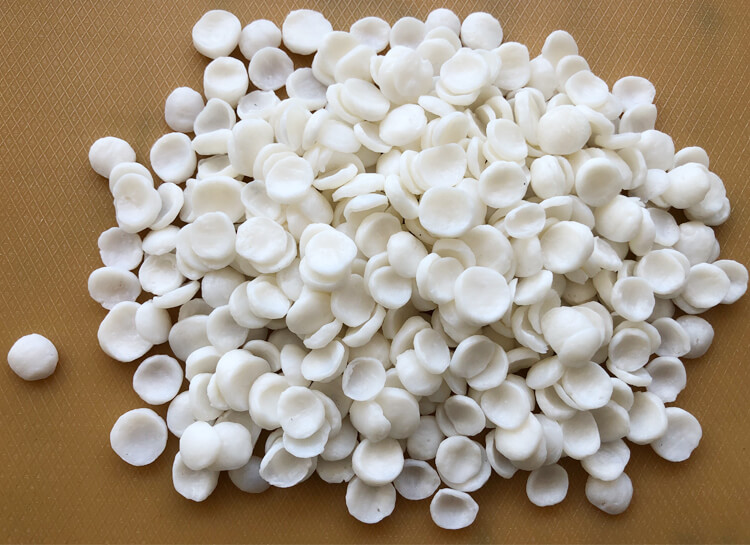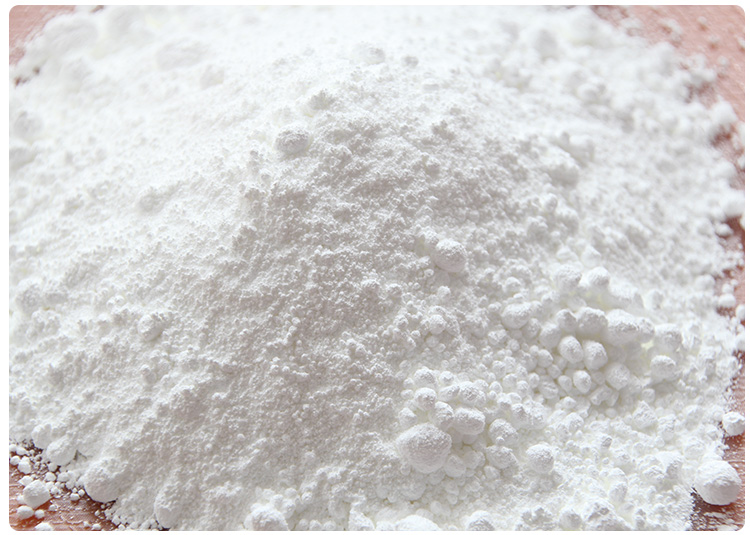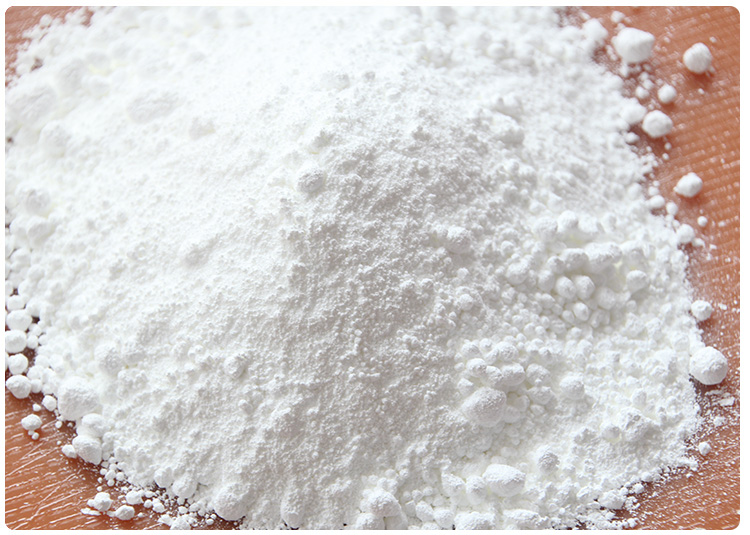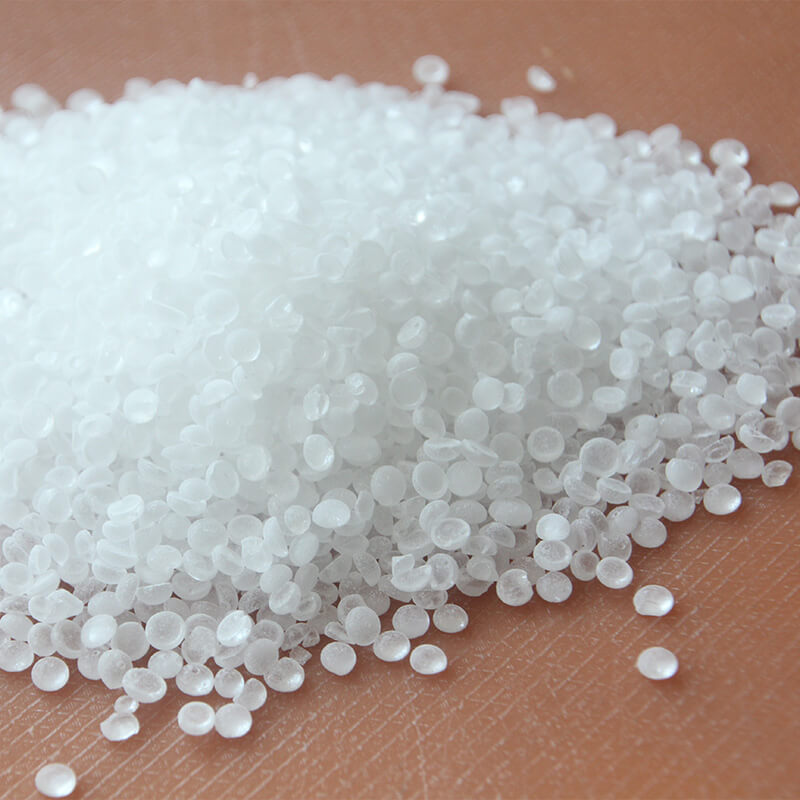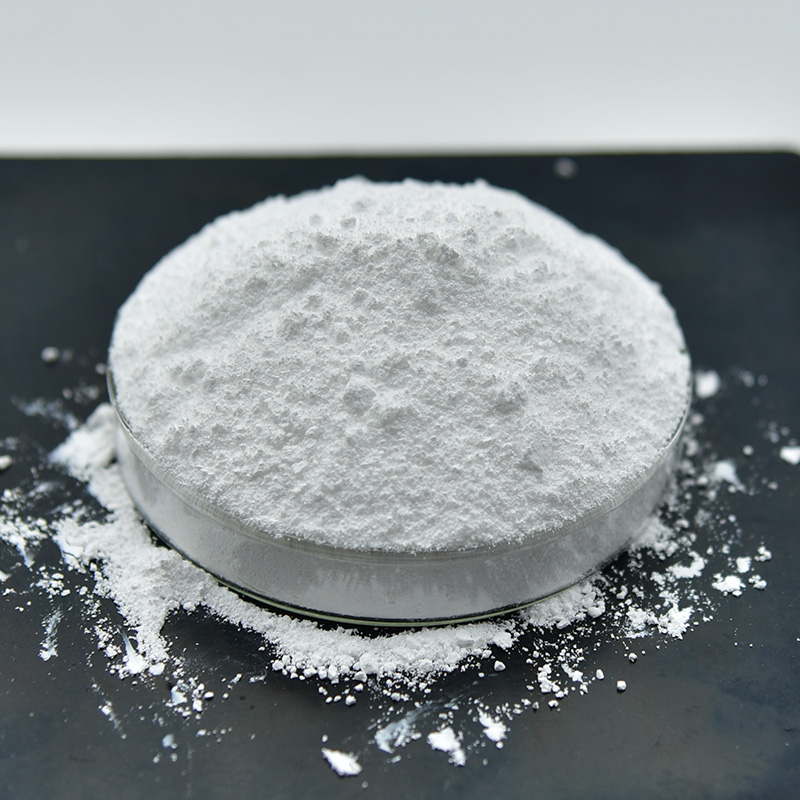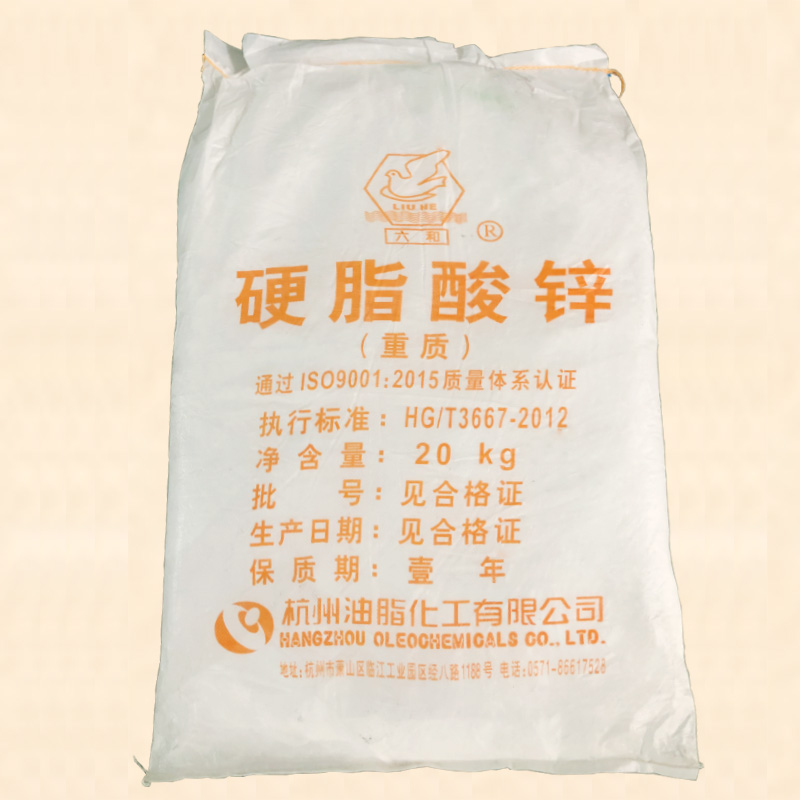High styrene hs-60 characteristics
- Mingpai
- 2024-06-05 10:30:49
High Styrene Rubber HS-60 refers to a specific grade of High Styrene Rubber, where the number "60" typically signifies the styrene content percentage in the polymer, meaning it contains around 60% styrene. The exact characteristics may vary slightly depending on the manufacturer, but generally, HS-60 exhibits the following properties:
Styrene Content: As mentioned, HS-60 has approximately 60% styrene, providing a balance between the properties of rubbery elastomers (from butadiene or other diene components) and the stiffness and hardness contributed by styrene.
Hardness: With a higher styrene ratio, HS-60 is harder than general-purpose SBR rubbers, usually having a Shore A hardness in the medium-hard range, around 70 to 90.
Tensile Strength: It typically offers good to moderate tensile strength, which is the maximum stress a material can withstand before breaking. This makes it suitable for applications requiring resistance against tearing or pulling forces.
Elongation at Break: The elongation at break, a measure of how far a material can stretch before breaking, is generally lower for HS-60 compared to standard SBR, reflecting its reduced elasticity due to the higher styrene content.
Resilience and Elasticity: While HS-60 retains some elasticity and resilience, these properties are reduced compared to lower-styrene rubbers, affecting its ability to return to its original shape after deformation.
Chemical Resistance: HS-60 shows improved resistance to oils, fuels, and certain chemicals compared to SBR, thanks to its styrene component. This makes it a suitable choice for applications where chemical exposure is expected.
Processing: HS-60 can be processed using conventional rubber processing techniques, such as mixing, extrusion, and molding. Its higher stiffness might require adjustments in processing parameters compared to softer rubbers.
Weathering Resistance: It tends to have moderate resistance to weathering and oxidation, but long-term exposure to sunlight or extreme temperatures can degrade its physical properties over time.
Applications: HS-60 is commonly used in applications requiring a balance of hardness, abrasion resistance, and chemical resistance, such as gaskets, seals, hoses, footwear components, and industrial parts that need to withstand mechanical stress and chemical exposure.
It's important to note that specific formulations and grades may differ between manufacturers, so consulting the technical data sheet provided by the supplier is crucial for precise material selection and application guidance.
